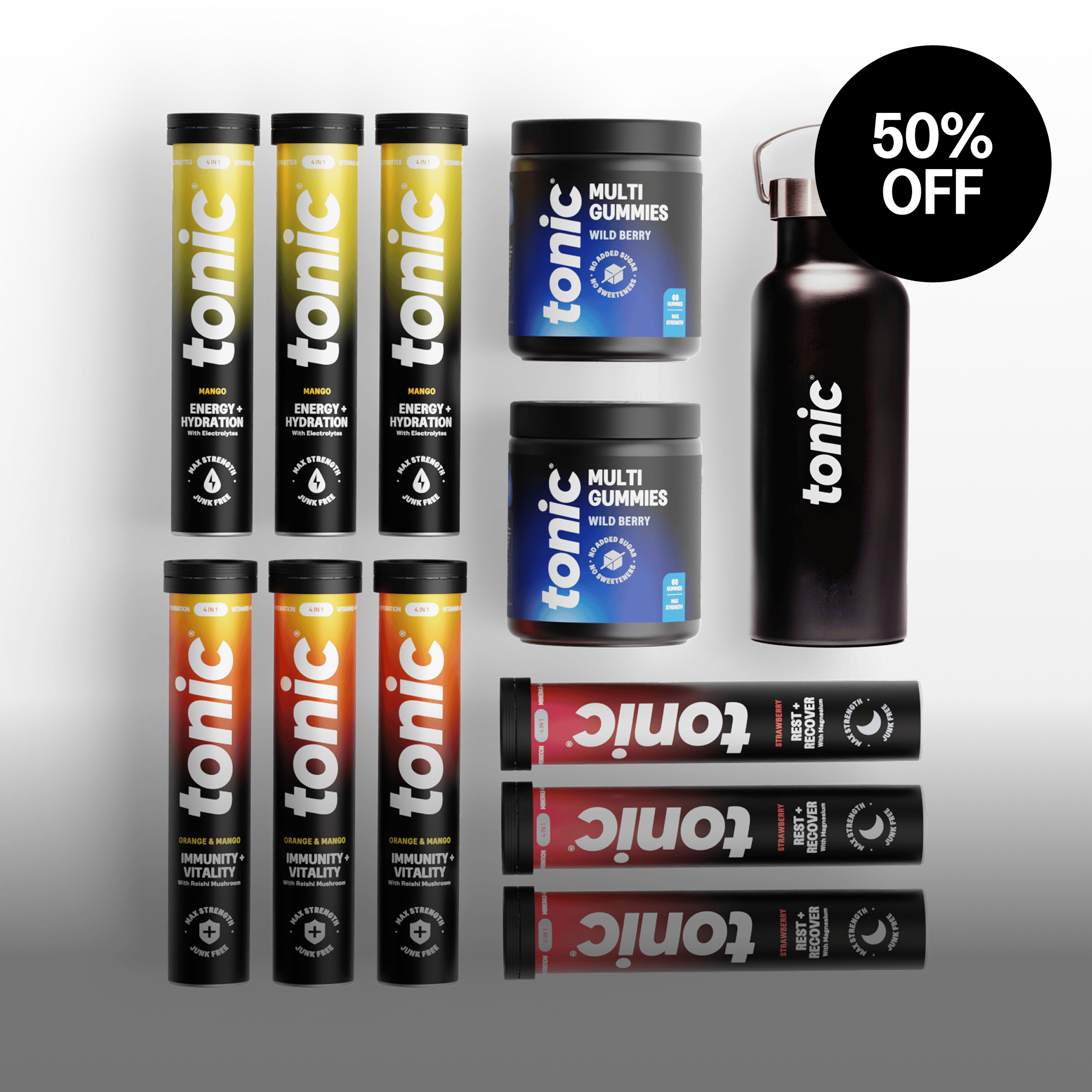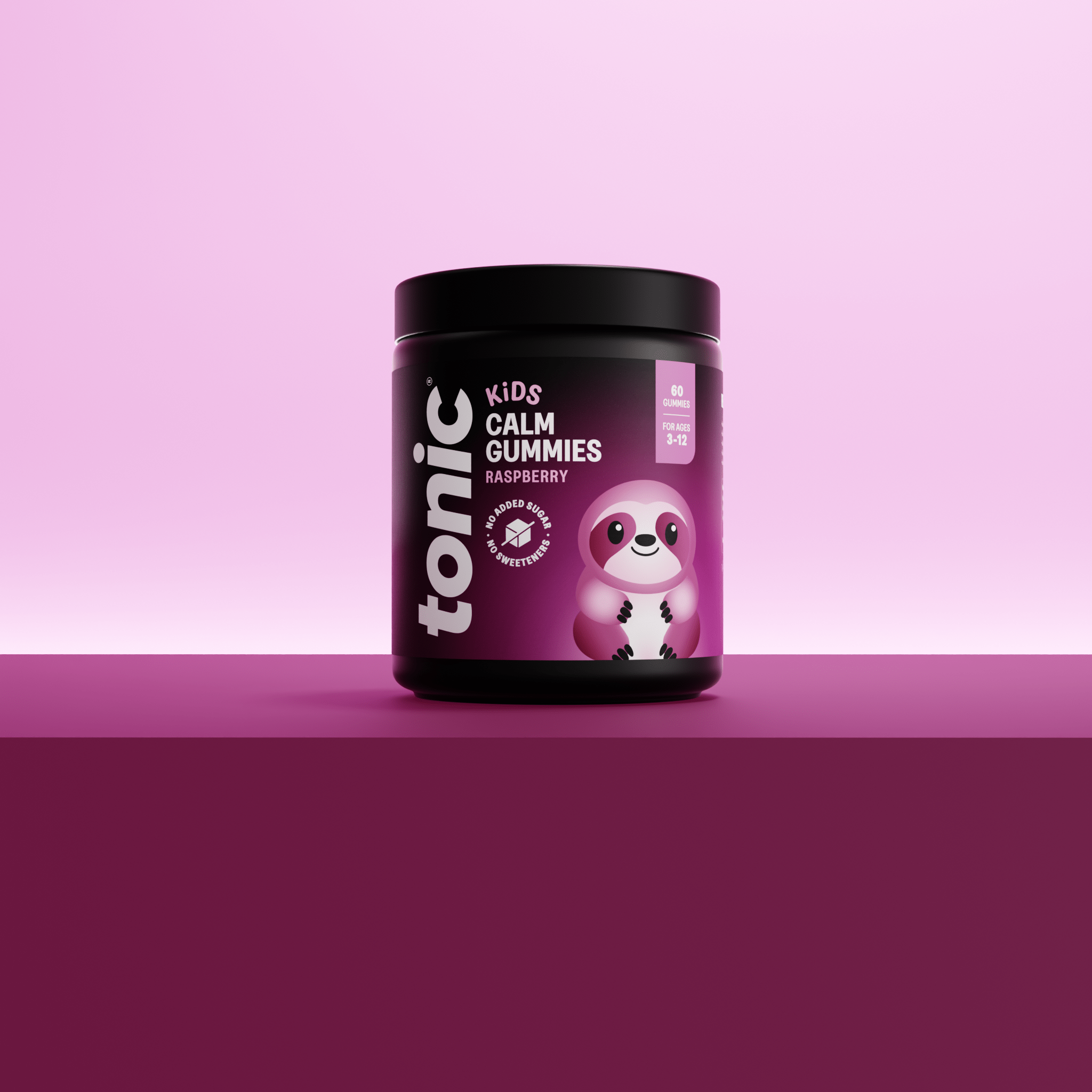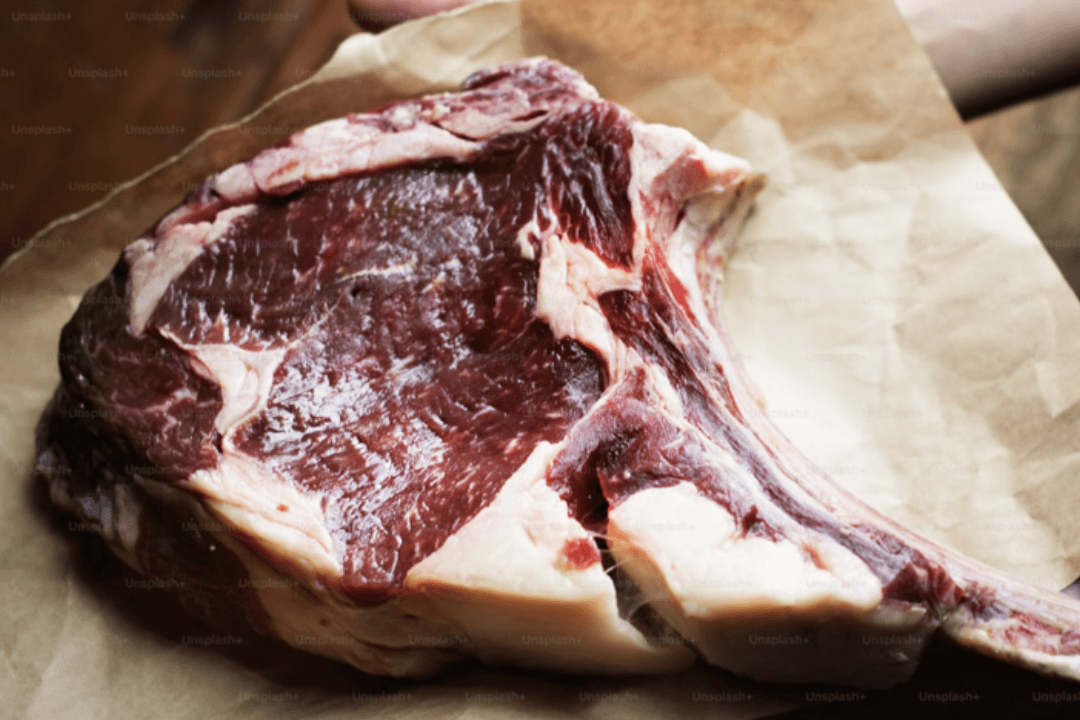Natalie Louise Burrows, Nutritionist and Clinic Director at Integral Wellness
Red meat has long been at the centre of one of the most heated debates in nutrition. Depending on who you ask, it's either a dietary villain linked to chronic diseases and environmental degradation, or a nutrient-dense powerhouse that's been unfairly maligned.
With such polarising headlines, it's no wonder many people are confused. Should you eat red meat? If so, how much? And does the type of meat you choose make a difference?
Let’s explore the arguments on both sides, examine what the science says, and offer clarity on red meat's role in a healthy, balanced, and sustainable diet.
What counts as red meat and what can it offer nutritionally?
Red meat includes beef, lamb, pork, venison, and goat (although, you’ll likely see goat on the menu in Mediterranean countries more than here in the UK).
What makes red meat unique is its rich nutrient profile. First and foremost, it’s a complete protein, meaning it contains all nine essential amino acids our bodies cannot make on their own. This is vital for building and repairing tissues, maintaining lean muscle mass, supporting immunity, and producing enzymes and hormones.
Insight: Everything that happens in the body requires proteins and if we don’t eat the essential amino acids then our body can struggle to perform certain functions, and we can experience poor health and even stunted growth as a result. The nine essential amino acids histidine, isoleucine, leucine, lysine, methionine, phenylalanine, threonine, tryptophan, and valine.
But red meat offers far more than just protein:
- Heme iron – the most bioavailable form of iron, crucial for oxygen transport, energy metabolism and preventing anaemia.
- Vitamin B12 – essential for nerve function and red blood cell formation.
- Zinc – important for immune health, hormones and wound healing.
- Selenium – a potent antioxidant and important for thyroid health.
- Fat-soluble vitamins – A, D E and K.
- Carnitine, creatine, and CoQ10 – support energy metabolism and cardiovascular health.
Gram for gram, red meat is one of the most nutrient-dense foods available, especially for nutrients that are difficult to obtain in adequate amounts from plant-based diets alone.
The case against red meat…
Critics of red meat consumption often point to research linking it with increased risks of chronic diseases such as heart disease, type 2 diabetes, and certain cancers, particularly colorectal cancer. In 2015, the World Health Organisation (WHO) classified processed red meat as a Group 1 carcinogen and unprocessed red meat as a Group 2A—"probably carcinogenic" to humans.
These classifications understandably raised concerns. However, it’s important to note that much of this research suggests associations but do not prove causation. People who eat a lot of red meat may also be more likely to smoke, exercise less, or eat fewer vegetables, all of which can confound results. The ability to research true causation in nutritional science is hard to do due to multiple factors that influence our lives and our health.
From an environmental perspective, the argument against red meat focuses on greenhouse gas emissions (especially methane, check out our blog on Bovaer), deforestation for feed crops, water usage, and animal welfare concerns associated with industrial-scale farming.
These concerns are valid, I care about the planet too, but they don't apply equally to all forms of red meat or farming practices, as I’ll explore shortly.
The case for red meat…
For many, red meat remains a valuable, and in some cases, essential, part of a healthy diet. This is particularly true for groups with increased nutritional needs, including:
- Women of reproductive age
- Pregnant and breastfeeding women
- Children and adolescents
- Older adults
- Athletes and those with high physical demands
Why? Because red meat is an unparalleled source of bioavailable iron and vitamin B12, two nutrients that are frequently deficient in the UK:
- Iron deficiency – affects up to 27% of women aged 19-64 in the UK, and it’s the leading cause of anaemia.
- Vitamin B12 deficiency – affects approximately 6% of people under 60, and up to 20% of adults over 60, with symptoms ranging from fatigue and brain fog to nerve damage.
Plant sources of iron contain non-heme iron, which is significantly less absorbable than the heme iron found in red meat. Similarly, B12 is virtually absent from plant foods unless fortified. To consume enough of your required daily amount simply becomes unattainable, hence supplementation is important if meat is something you’d prefer to remove from your diet.
Protein is also critically important and often under-consumed by children and adults. It supports muscle mass, bone density, metabolic function, satiety, and hormone health. As we age, or enter stages like perimenopause, our protein and nutrient requirements often increase. Red meat, in moderation, can be a powerful ally.
Lean cuts vs. processed meats
Not all red meat is equal. There’s a world of difference between a grilled lean steak and a heavily processed salami or hot dog.
Processed meats often contain:
- Preservatives like nitrates and nitrites
- Added salt, sugar, and flavourings
- Lower-quality meat cuts or by-products
These ingredients, rather than the meat itself, are believed to contribute most to the negative health outcomes seen in studies. That’s why processed meats like bacon, sausages, and salami are the focus of the WHO’s highest risk classification.
In contrast, unprocessed lean red meats, such as grass-fed steak, pork tenderloin, or lamb chops are naturally low in carbohydrates and sugar, provide a concentrated source of high-quality nutrients and have not been consistently linked to increased disease risk when eaten in moderate amounts as part of a balanced diet.
So, the message isn’t to avoid red meat altogether, it’s to choose wisely and minimise processed options.
Industrial farming vs. regenerative meat
When it comes to environmental and ethical considerations, how meat is produced can make all the difference to taste and quality as well as animal welfare and our planet.
Industrial farming is typically characterised by:
- Large-scale, grain-fed animal production
- Confinement of animals (e.g., feedlots)
- Heavy use of antibiotics and synthetic fertilisers
- Monoculture farming for animal feed (e.g., soy and corn)
This model is resource-intensive and contributes significantly to carbon emissions, biodiversity loss, and water pollution. It is not a practice I support. There are concerns about the influence these approached have on the end-product and, as a result, our health.
On the other hand, regenerative farming practices:
- Use rotational grazing to mimic natural animal movement
- Improve soil health and increase carbon sequestration
- Reduce the need for synthetic inputs
- Encourage biodiversity and ecological resilience
- Regeneratively raised red meat also tends to be higher in omega-3s, vitamin E, and antioxidants compared to conventionally raised meat.
- Choosing local, high-welfare, pasture-raised meat supports better outcomes for health, animal welfare, and the planet.
So, should you eat red meat?
Ultimately, whether or not red meat should be included in your diet depends on your individual needs, values, and health status.
For those who choose to eat it, the key is:
- Moderation. You don’t need red meat every day to reap its benefits.
- Quality over quantity. Prioritise unprocessed, high-welfare, pasture-raised meat.
- Balance. Combine with fibre-rich plants, healthy fats, and a variety of whole foods.
And if you choose not to eat red meat? That’s completely valid too, you get to choose what’s right for you. Just be mindful to include alternative sources of iron, B12, and protein, potentially with guidance from a qualified nutritionist as supplements are likely to be needed.
Red meat has been unfairly lumped into a one-size-fits-all narrative. But when we separate processed from unprocessed, poor-quality from regeneratively raised, and look at the science in context, a far more nuanced picture emerges.
For many people, moderate consumption of high-quality red meat can be a cornerstone of a nourishing, balanced, and sustainable diet. It’s not the enemy of health and if finances are tight there’s nothing more nutrient dense and filling that a homemade beef chilli, with beans, tomatoes, lots of hidden vegetables and rice. Super nourishing and filling for all ages. (And if you can sneak in some offal, you’re onto a winner!)
As you’ve probably concluded, food isn’t black and white and nutritional science is complex and very individualised. Understanding your personal circumstances, health status and needs means you can make the right for you.
Natalie Louise Burrows is a registered nutritional therapist (BANT, CNHC) and clinic director at Integral Wellness, a nutrition and health clinic specialising in cardio-metabolic health. Along with her clinic team of nutritionists, they help men and women regain their energy, control their cravings and avoid and reverse type 2 diabetes. They also address health conditions such as high blood pressure, high cholesterol, insulin resistance, fatty liver and heart disease, and weight challenges.







Leave a comment
All comments are moderated before being published.
This site is protected by hCaptcha and the hCaptcha Privacy Policy and Terms of Service apply.